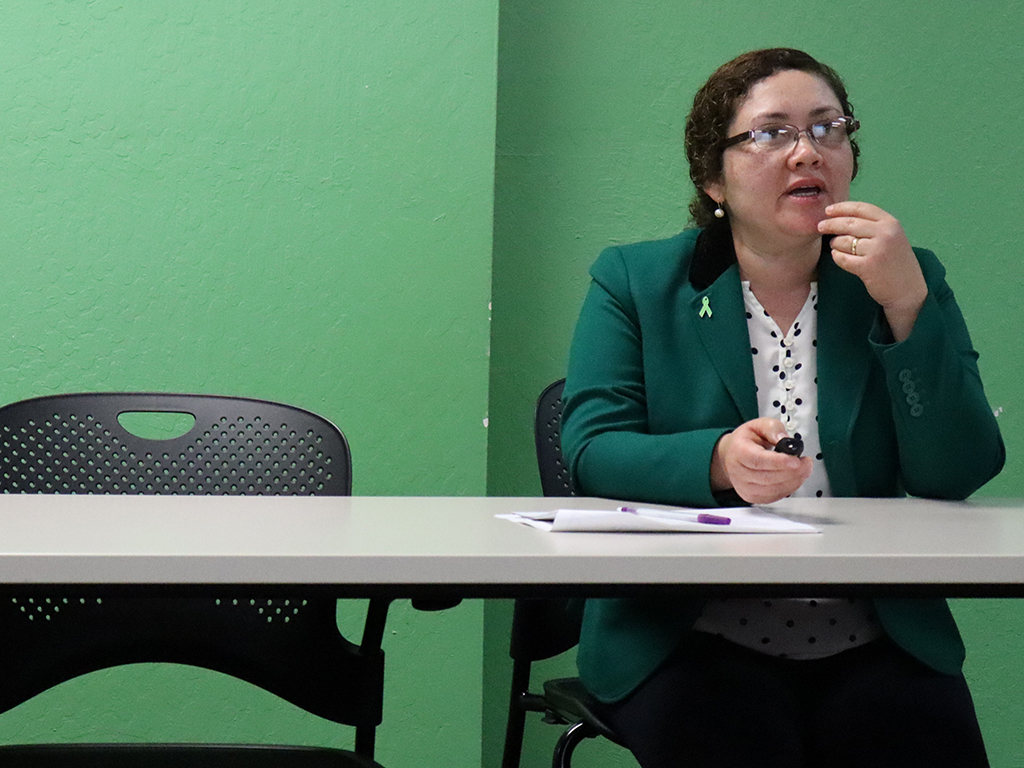
After finding that existing programs were not adequately serving adults with the most severe forms of mental illness, Santa Clara County is expanding intensive mental health services for adults.
On Oct. 8, the Board of Supervisors approved a suite of contracts involving the Behavioral Health Services Department, a county department that provides mental health and substance use treatment services. Through the contracts, the department will create new treatment programs for people with particularly severe mental illnesses and for people coming out of incarceration. It will also expand an existing intensive mental health treatment program to cover 400 more adults, doubling the size of that program.
The new and expanded services fulfill a set of goals for an organization that stated in a needs assessment that some people “may not be receiving the intensity and length of care they need to recover.”
Toni Tullys, director of the Behavioral Health Services Department, said that before the department had a contractor conduct the assessment, “It was clear to me that we had some services that were missing.”
The expansion of services comes at a time when Santa Clara County has had an increased rate of homelessness and when the entire country has seen an increased suicide rate.
The county has also seen an increase in the number of people seeking county mental health services, Tullys said, forming part of the reason the Behavioral Health Services Department is expanding its programs.
One of the services the needs assessment suggested the county implement is a program called Assertive Community Treatment, or ACT, designed for people with mental illnesses too severe for existing services to properly handle. That program particularly focuses on having teams spend a long period of time getting people who are not seeking out care into services.
“It’s the opportunity to step people down and bring them out of hospital care and get them in the community,” Tullys said.
The department is now slated to add that program, which is designed to treat 200 people, along with a similar one that will treat 120 people who are being released from jail. In addition, the department will add 400 slots for adults to the full-service partnership program.
The three programs differ somewhat in their design, but they all take what Tullys and the needs assessment refer to as a “whatever it takes” approach to treating people with serious mental illnesses.
“These programs are designed to do whatever it takes: to meet people where they are, see them every day, do whatever is required,” Tullys said.
That means that mental health providers spend far more time with their clients than they would in a more traditional clinical setting, and it means that they often physically go to meet their clients where the clients live.
Justin Cheng, a clinical social worker at Stanford who previously worked on full-service partnership teams in San Mateo County and San Francisco County, said he would meet clients in their homes or in homeless encampments and would accompany them to doctor appointments. He even coached people “through their social anxieties and paranoia” during DMV appointments, he said.
“Going out and meeting [full-service partnership clients] where they’re at is extremely crucial and sometimes even necessary,” Cheng said.
For Joe Simitian, the president of the Board of Supervisors, the focus these programs have on outreach makes them especially critical because people with mental illnesses often don’t reach out for help.
“That’s what it’s about: getting the help the people need, where they are, where they need it, when they need it out in the community,” Simitian said. “And if that means reaching out into the home and working with family members, then we’ve got to do it.”
The intensive services programs also help the people who are enrolled in them beyond providing counseling services. In a committee meeting of the county’s Behavioral Health Board, Evelyn Tirumalai, a Mental Health Services Act senior manager for the Behavioral Health Services Department, said that the goal of the full-service partnership program “is really to provide services all around, wrap around: housing, food, clothes, everything.”
The all-encompassing nature of the programs has meant that they are quite expensive. The needs assessment stated that Santa Clara spends about $15,000 per year on each person enrolled in the full-service partnership program. And that number, the assessment stated, wasn’t enough: similar counties, it said, spent an average of $30,000 or $35,000 each year per customer.
Tullys said that as part of the expanded services, the Behavioral Health Services Department will also increase staffing and funding for its intensive mental health services.
“It’s a much more expensive package for these individuals,” Tullys said. “But it’s a much better package than having somebody be in a hospital for a long period of time or be in jail.”
Although the programs are expensive, they have proven to be successful in multiple studies. One of those studies, by Todd Gilmer, a professor of Health Economics at UC San Diego, found that people enrolled in one full-service partnership program in San Diego County were less likely to become homeless and less likely to wind up in jails or hospitals than people with similar characteristics who were not enrolled in the program.
Another study, by researchers out of UC Berkeley, found that in full-service partnership programs across California, people who enrolled in the programs had fewer emergency department visits than people who did not enroll in the programs.
And while they are expensive, Gilmer found in the San Diego County study that around 80 percent of the costs could be offset by reductions in things like emergency services.
“We thought it was a pretty favorable outcome to see those reductions in cost,” Gilmer said.
